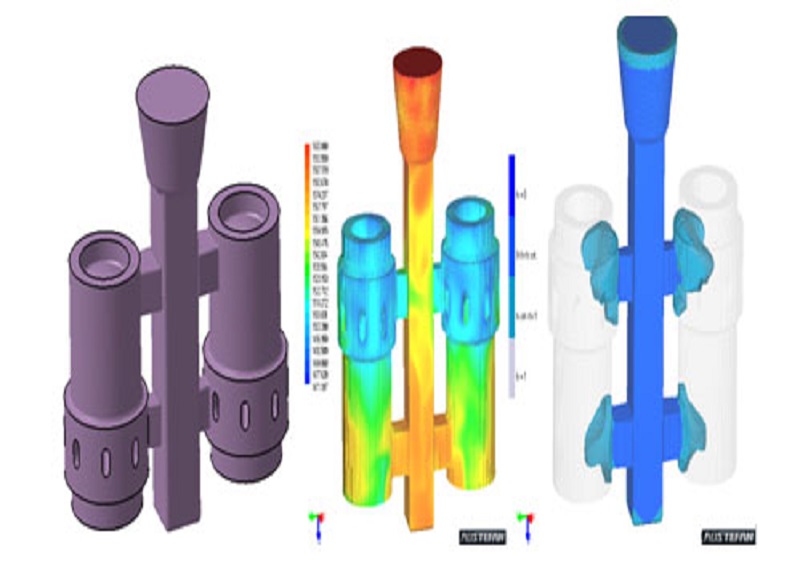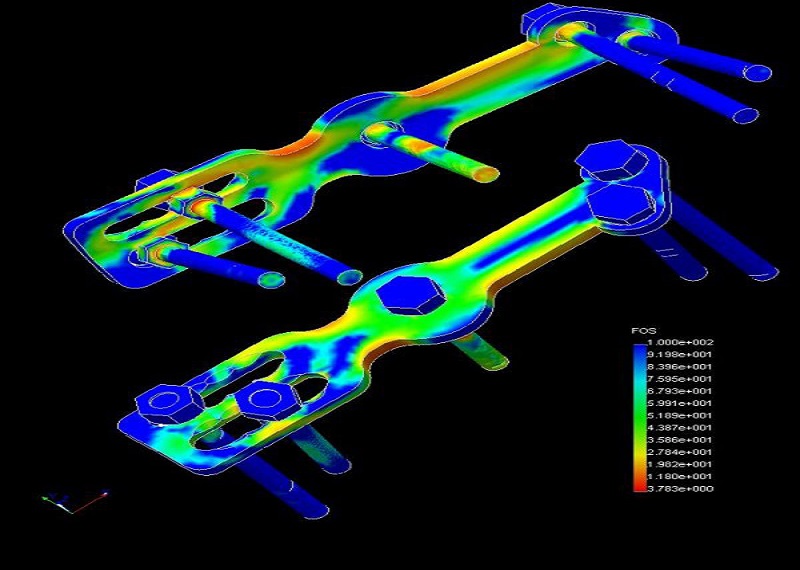Software Analysis
ICAST's knowledge in the area of casting simulations guarantees a stable process. Determining the proper casting configuration during production is a relatively complex process and the results are not always known beforehand. The casting process therefore needs to be simulated with a computer program. A casting simulation is a 3D model, which simulates the entire casting process. ICAST has used the same simulation software for many years and has built up considerable practical experience and knowledge. Casting simulations provide a high degree of process certainty, prevent technical problems and ensure that a project does not encounter delays.
Important parameters during casting simulations include:
- design of the gating system
- the choice of material
- air permeability in the ceramic mould
- temperature during casting
- the product’s coagulation behaviour
As a part of our casting simulation services, we provide flow and solidification analysis. Some of the outputs that are available once the simulation is complete are as follows:
- Shrinkage detection and porosity plots after solidification has occurred.
- “Hot Spot” detection created from shell bridging.
- Turbulent and non-fill conditions that may occur while metal is flowing through mold cavity.
- Temperature plots of the casting and mold.
- Solidification time verification ensuring metal is still liquid after mold has completely filled.
- Solidification and flow animations
- Verification of the solidification time.
Benefits :
- As ICAST has the software for performing casting simulations, we can make a significant contribution to the ultimate design and, with this, to the quality of the cast piece. We estimate that more than 90% of the errors in casting usually occur due to design errors and that only 10% are actually attributable to production problems. Many design errors can be observed on time using simulation software. After this, the design or the process parameters can be adapted. This ensures that no problems arise during the production of the casting.
- The high cost of faulty casts is also prevented. Prototypes used to be made to detect errors; now this is done using 3D casting simulation. The so-called ’trial-and-error’ procedure is now history. This saves you considerable time and money.

